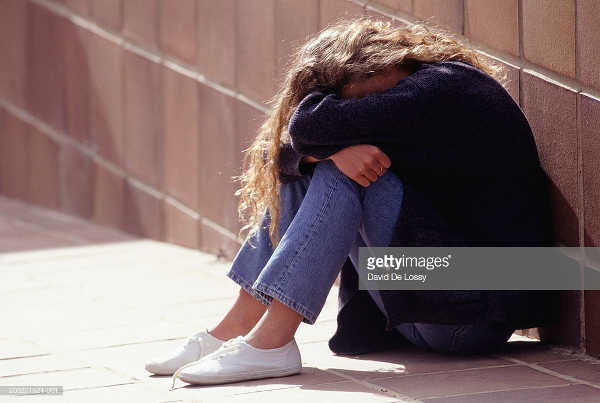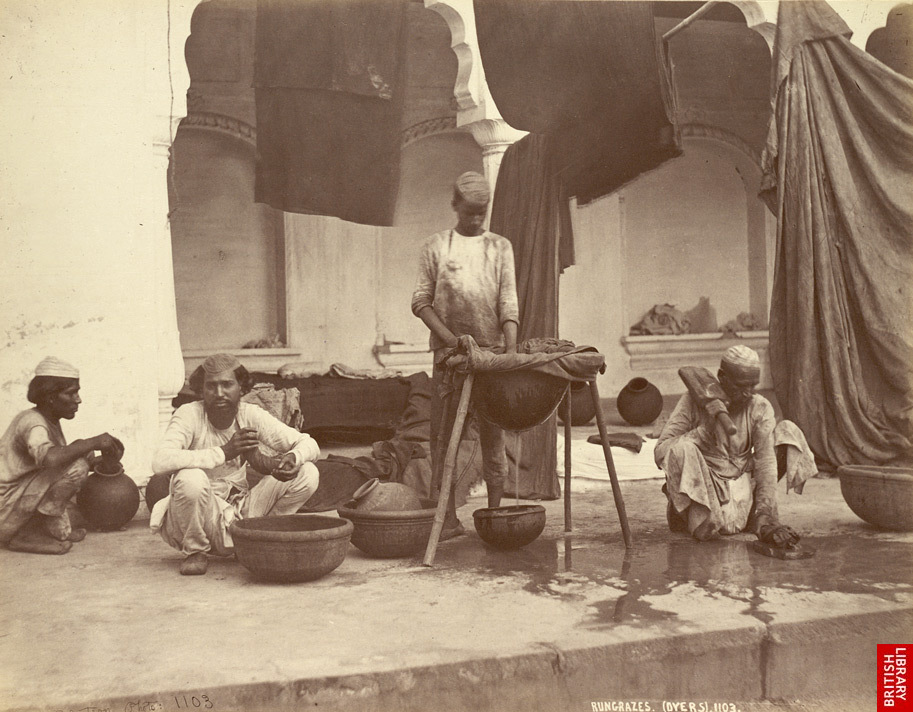FWP:
Nazm is right: the contrafactual in the first part of line two shows that the head has already been cut off at the time these reflective words are spoken. This is not exactly unusual in the ghazal world; we saw it as one possible reading as early as {9,3}. Here, however, it's the only possible reading. The lover is so detached (so to speak!) now that he sounds quite clinical: in the verse he never once claims ownership of the head. Bekhud Mohani points to yuu;N , and doesn't it indeed add to the clinical effect? The speaker sounds like a doctor who has tested the reflexes, found the head rubbery and useless, and quite properly performed an amputation.
;Gam kyaa is both literally and colloquially appropriate. Since the speaker's head has been numbed into senselessness by intense grief, 'what grief' or pain will it feel if it is cut off? And since it's now quite numb and useless, 'what's the harm' if it's cut off?
This is a verse in which the dead lover speaks; for others, see {57,1}.
ABOUT zaanuu : Equally elegant, and perfectly suited to both meanings, is the idea that the head would have been zaanuu par dharaa . Since the speaker's head had been benumbed and rendered senseless by grief, he might well have rested it on his knees in a pose of abandoned sorrow. And since his head is so numb and senseless, it is too floppy to keep itself upright: he would in any case have had to put it down somewhere convenient.
Here's one such 'head on knees' position; it almost automatically conveys exhaustion or misery:

But there's also a style of sitting on the haunches, called do-zaanuu
bai;Thnaa (see the definition above), that has traditionally been almost ubiquitous in South Asia; the photo below is an example of it. The feet are flat
on the floor; the hips don't touch the floor. The knees are bent so
deeply that the thighs and calves touch each other; the knees are also
spread wide apart for balance. Thus the knees provide a handy rest for the
forearms. A person accustomed from childhood to sit in this way can comfortably
sustain the position for long periods, and can also move easily around the
room in this stance, cooking or doing other tasks. (A person not so accustomed
usually can't manage to sit this way at all; nowadays among middle-class urban
South Asians it's pretty much a lost art.)
Something like this position too could conceivably be what Ghalib had in mind (if indeed he bothered to form any such physical image of the lover's position at all), since it would enable the head to rest on a knee-- though only on one of them, since the knees must be pretty well separated in order to keep one's balance. On the whole, I think the classic head-on-knees position illustrated above would work better for the present verse. But really, the whole question is very minor and it's not worth worrying about, since the ghazal world is full of stylization anyway.
More zaanuu verses: {39,7x}; {42,5}; {128,3x}; {172,1}; {185,4x}, the kneecap; {212,2};
{213,1}; {217,10x}; [{233,6}] // {298x,3}, the kneecap (a pose of creative thought); {315x,3}, saa;Gar-e zaanuu ; {399x,6}; {404x,7}; {405x,2}

Nazm:
Resting the head on the knees in grief is well known; the meaning is clear-- these words are spoken after the head has been cut off. (31)
== Nazm page 31